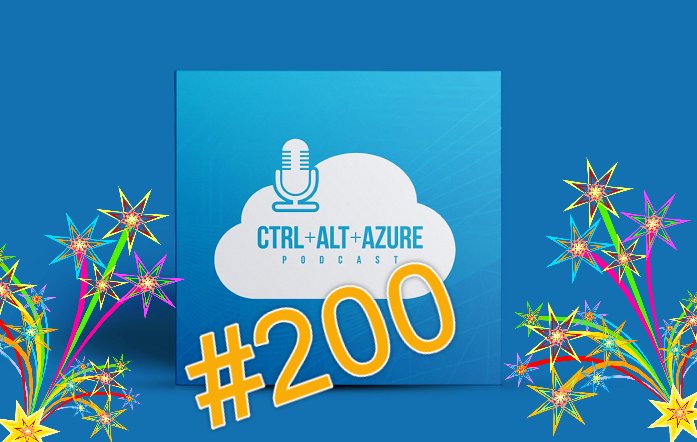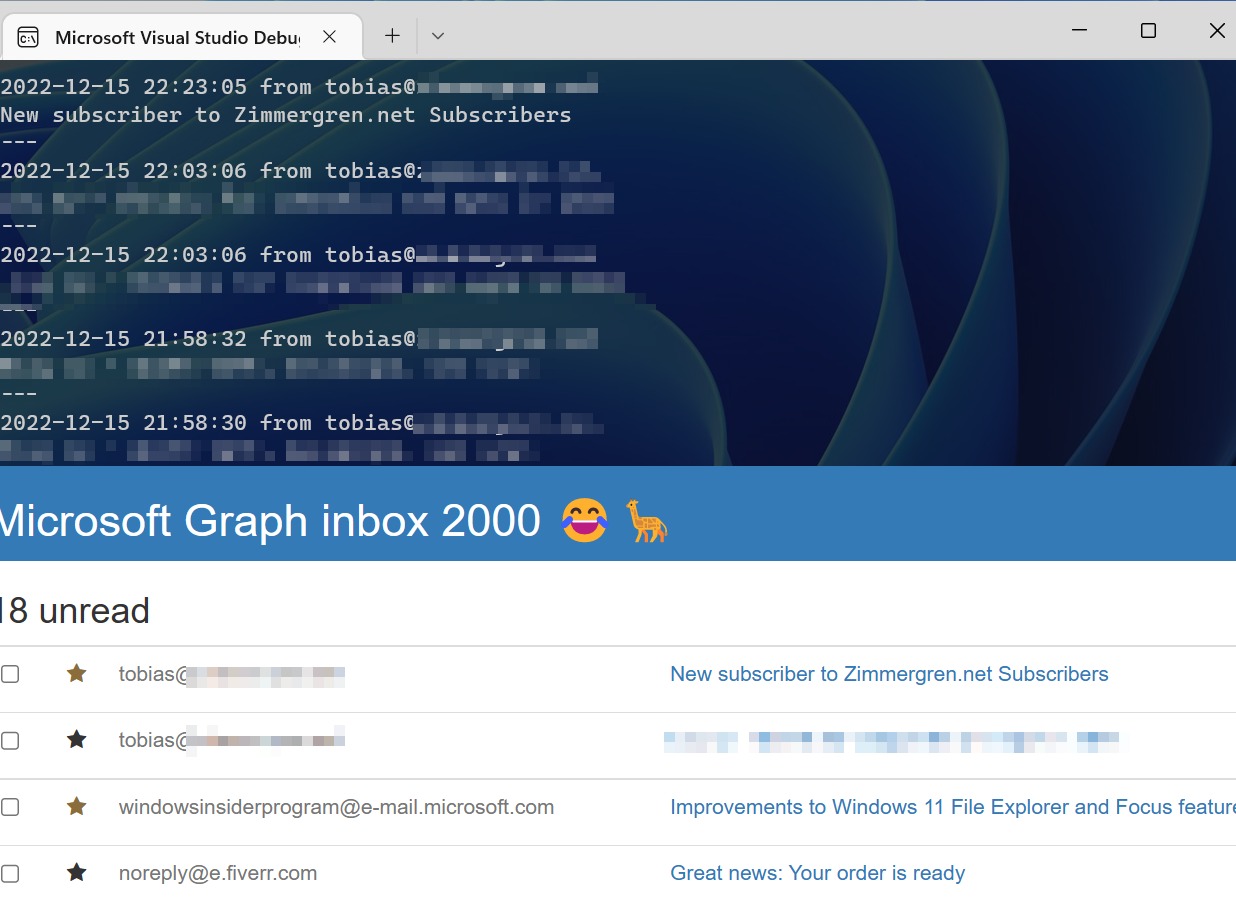
Staying productive with the Pomodoro Technique Paid Members Public
You've probably heard me emphasize 'Be productive, not busy' countless times – much like the quote in the header photo of this very blog post, which is hanging in my home office. The distinction between merely doing things and doing the right things efficiently is significant. Being

Frameworks to strategically improve your cybersecurity Paid Members Public
Learn about popular cybersecurity frameworks like NIST Cybersecurity Framework (CSF), CISAs Cross-Sector Cybersecurity Performance Goals (CPG), MITRE ATT&CK and D3FEND, Microsoft Cloud Adoption Framework's Secure methodology, and Microsoft's CISO Workshop Training.

Learnings from the NSA and CISA top 10 cybersecurity misconfigurations Paid Members Public
Learn more about the joint advisory by the NSA and CISA, highlighting the top 10 cybersecurity misconfigurations commonly found in large organizations' networks.

What is the Cybercrime Atlas? Paid Members Public
The Cybercrime Atlas is an initiative launched by the World Economic Forum to better understand and combat cybercrime globally. By mapping the cybercriminal ecosystem, it aims to disrupt cyber-criminal networks.

Celebrating 200 episodes of the Ctrl+Alt+Azure podcast Paid Members Public
Wow. We've been running the Ctrl+Alt+Azure podcast for almost four years and just passed our 200th episode. Since the podcast's inception, we have published one episode every Wednesday at 3 pm CET (6 am PT). Before diving into the details of my celebrations here,

Redacting sensitive information with Application Insights in C# Paid Members Public
This article teaches you how to redact sensitive information in Application Insights when you send traces from your .NET applications.

Ultra-wide (21:9) vs a typical 4K (16:9) monitor for productive work Paid Members Public
I have used a 3440x1440 ultra-wide monitor from LG for eight years. I recently needed to try something else, and I "downgraded" to 32", but with 4K, which made all the difference. To set the scene, I want to clarify my use cases before you continue reading.

Reading e-mails with Microsoft Graph using .NET Paid Members Public
Following a popular article I published on Sending e-mails with Microsoft Graph using .NET, I have been asked on several occasions how to read e-mails from an inbox. There are several ways to accomplish this, and I'm highlighting one of the easier ways to show a working code





Recent comments